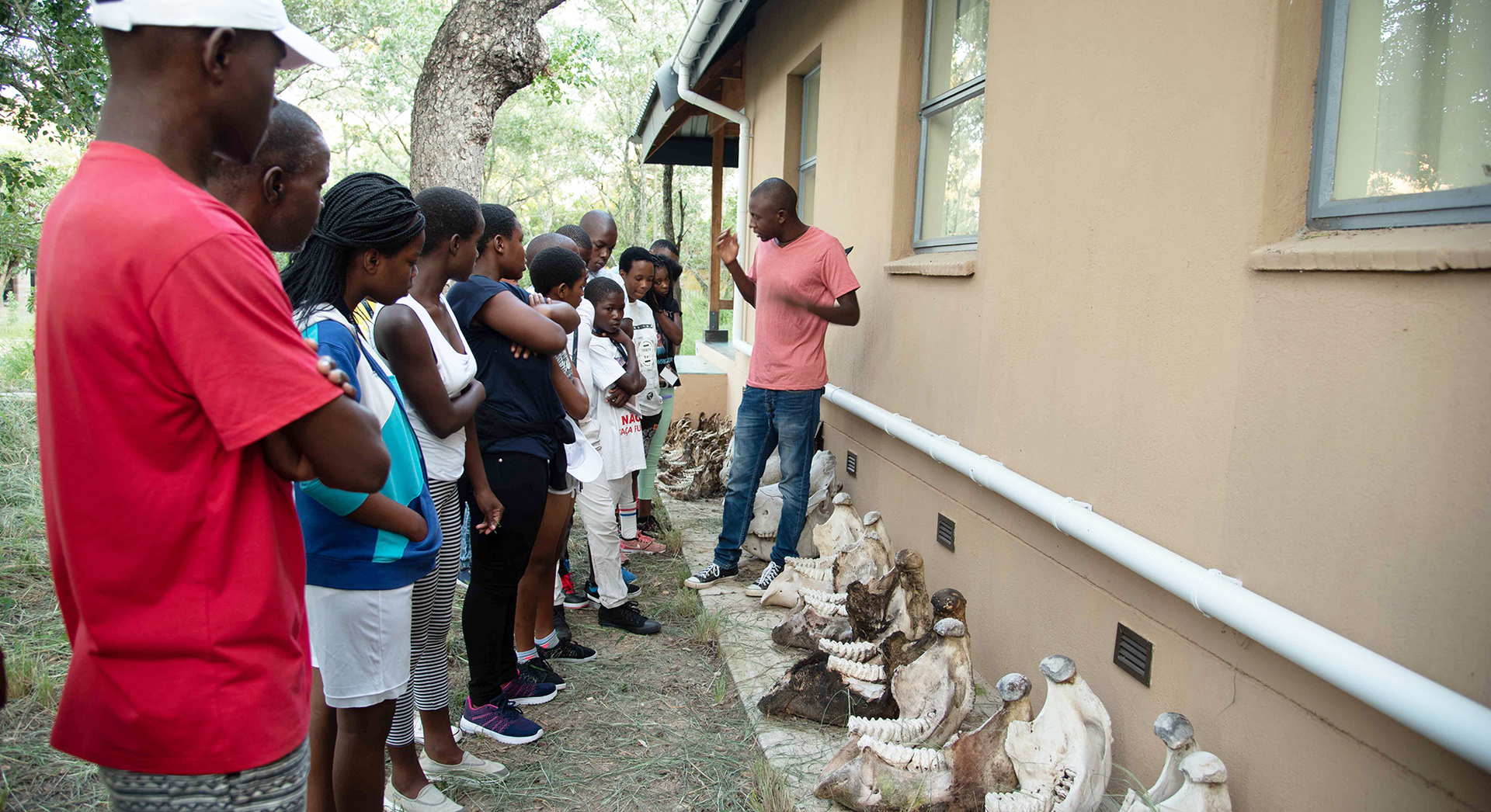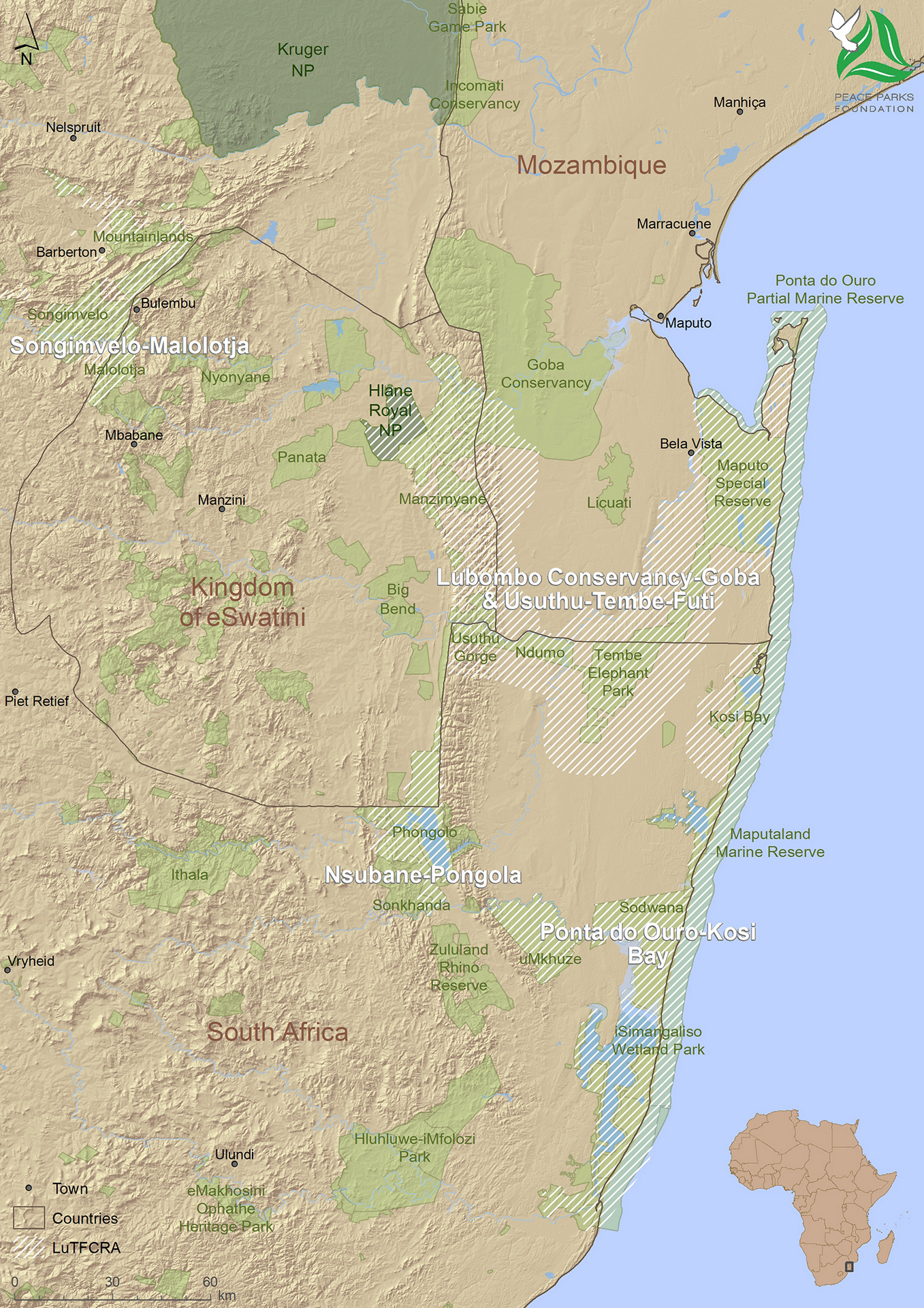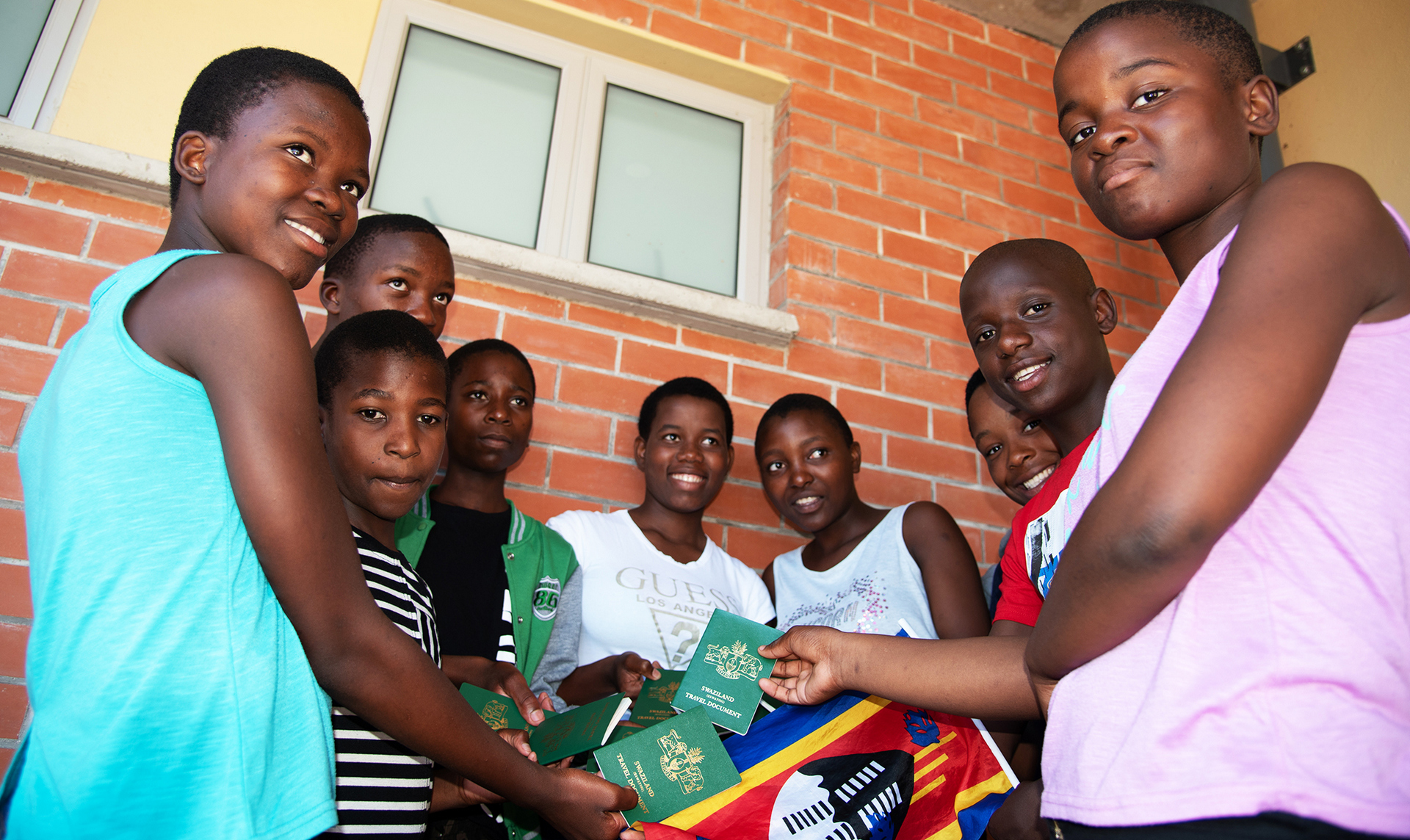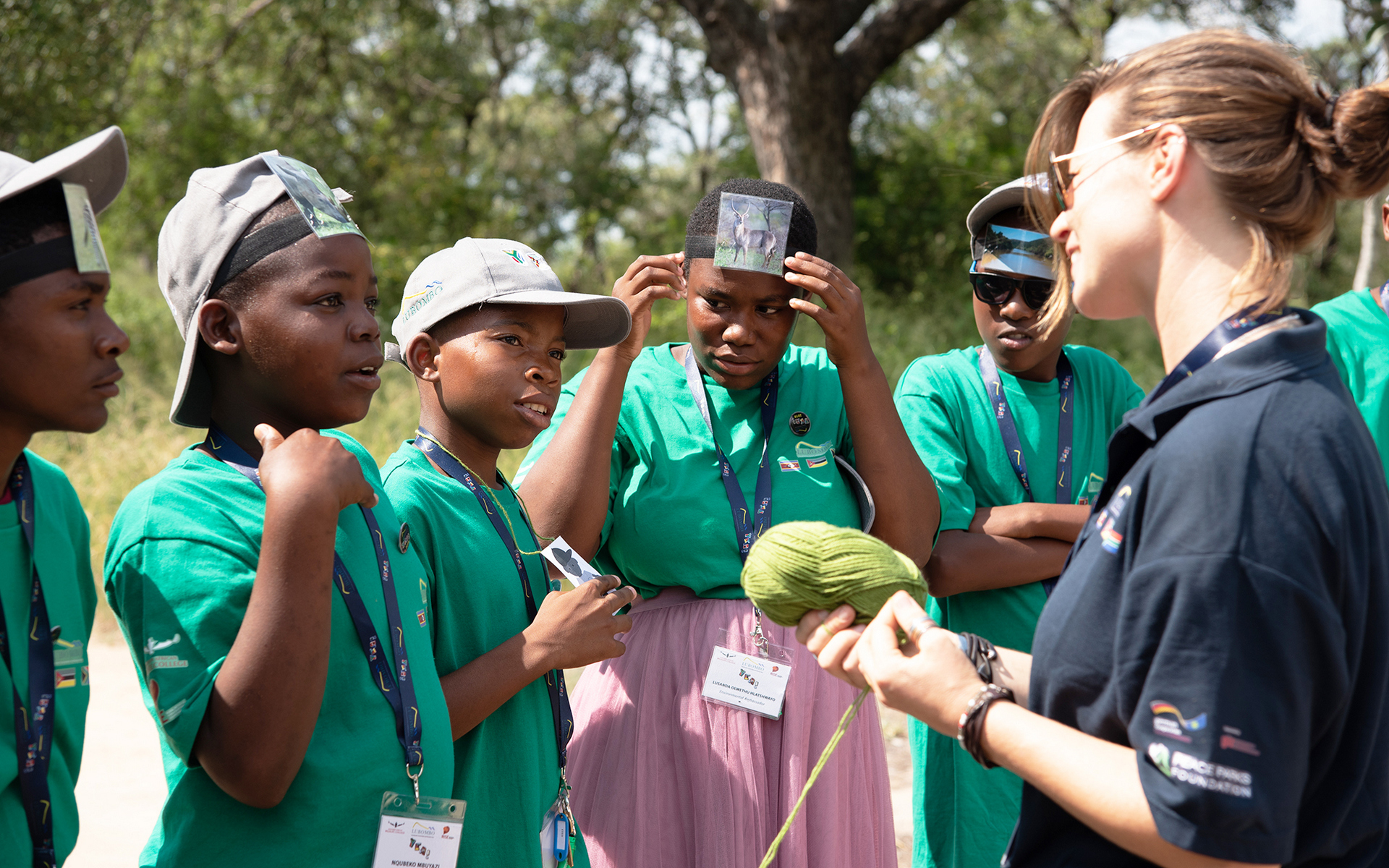“As Young Environmental Ambassadors of the Lubombo Transfrontier Conservation Area, we pledge to raise awareness of, uphold, and nurture its objectives and vision. We realise its value to us and pledge to protect and care for our diverse treasures and to encourage and teach our communities.”
This pledge was made by 30 learners from Mozambique, South Africa and The Kingdom of eSwatini when they became Young Environmental Ambassadors in March this year. The learners, who all live within the Lubombo Transfrontier Conservation Area (TFCA), travelled to the Southern African Wildlife College in South Africa, to participate in the Lubombo TFCA Young Environmental Ambassadors (YEA) Programme’s pilot camp.
The four-day camp engaged the keen Grade 9 learners, ten from each country, in environmental awareness and conservation-themed learning activities such as nature walks, game drives, workshops, lessons, storytelling, cultural exchanges, career guidance sessions and education through play.

The experience contributed to the learners’ understanding and sense of value for natural and cultural resources within the Lubombo TFCA, as well as the importance of preserving these resources as shared treasures.

Mozambican learner, Thande José, said that by the end of the camp she understood what a transfrontier conservation area is and its significance to all.
Ncobile Simelane from The Kingdom of eSwatini echoed these sentiments and shared her newly discovered understanding of the link between conservation, ecotourism and community development. She said, “We should be a team and protect nature because without animals there will be no tourism opportunities and livelihoods will not improve.”

The YEA Programme is the result of community members, through community forums, requesting the establishment of projects that specifically focus on youth development and education in transfrontier conservation areas.
The sustainability of transboundary conservation areas depends greatly on the involvement and support from communities and youth living in and around parks and reserves. We believe that by investing in these communities through initiatives such as youth empowerment programmes, they will grow to become champions for conservation.
Dr Moscow Marumo, Peace Parks Foundation Community Development Programme Manager

It was encouraging to see how well the learners interacted with their peers from neighbouring countries during various camp activities. Traditional Authority and Tembe-Mathenjwa Community Forum Member, Mntwana Ernest L Mathenjwa, stated that “there is no satisfaction greater than seeing a child suddenly understand complex issues such as the ‘web of life’ and interconnectedness.”

Feedback from the various participating communities will be used to guide further development of the programme. This includes the rollout of an annual camp in Lubombo and, hopefully, other transfrontier conservation areas as well. Tracking the impact of the camp on the learners, teachers and other participants is critical to ensure that a comprehensive and inclusive strategy is followed for future YEA activities.

“For many of the learners, it was the first time they owned a passport and visited a different county. The YEA programme is the beginning of a lifelong journey of joint learning and exchange,” says Martin Leineweber, TFCA Adviser to the Deutsche Gesellschaft für Internationale Zusammenarbeit’s (GIZ) Transboundary Use and Protection of Natural Resources Regional Programme in SADC. “GIZ SADC supports the creation of inclusive cross-border governance structures for the Lubombo TFCA. As a funding partner, we believe that the YEA programme is an essential milestone towards transforming the thinking of future generations and joining forces in making the common TFCA vision a reality.”

After engaging with the youth during camp, Seth Maphalala, Lubombo TFCA Project Manager, felt inspired. He said, “When I see young people getting excited about conservation, it gives me hope that we are getting closer to achieving the goal of the Lubombo, which is the sustainable use of natural resources, continuous development of transfrontier conservation space and the promotion of socio-economic benefits.”








